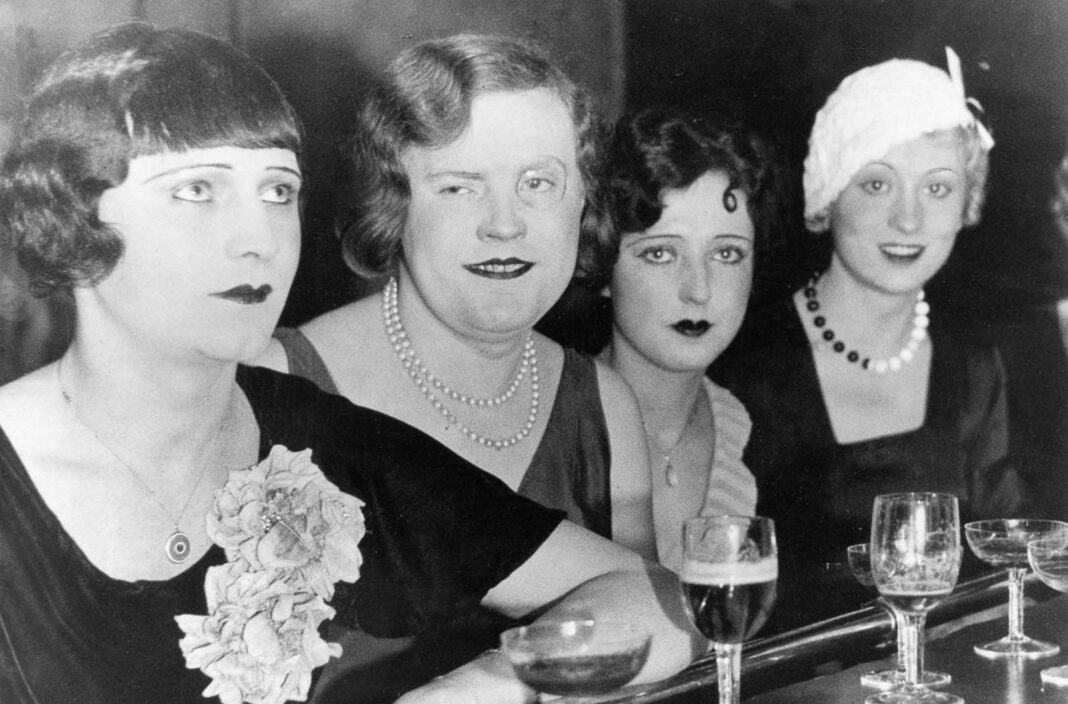The practice of cross-dressing reaches back to the earliest civilizations, appearing in myths, theater, and rituals across cultures.
From ancient Greece, where male actors portrayed female roles on stage, to Japanese kabuki theatre and Shakespearean England, where men routinely donned women’s garments, the act of blurring gender through dress has long fascinated and unsettled societies in equal measure.
Across centuries, people have chosen to wear the attire of another gender for a variety of reasons: to conceal their identity, to perform on stage, to provoke social norms, or to explore a deeper sense of self.
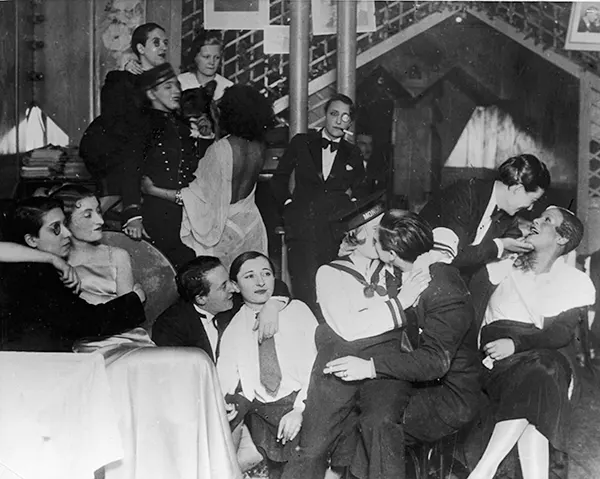
Patrons, many dressed as men in tuxedos, sit, talk, laugh and kiss, at Le Monocle, a famous nightclub for women in Paris.
What began as a theatrical device or playful disguise gradually evolved into a form of cultural resistance—a statement of individuality and freedom.
While women adopting trousers or traditionally masculine clothing eventually gained broad acceptance, men appearing in women’s garments continued to provoke outrage and prejudice well into the modern age.
By the late 19th century, a term began to surface that would eventually define an art form—drag.
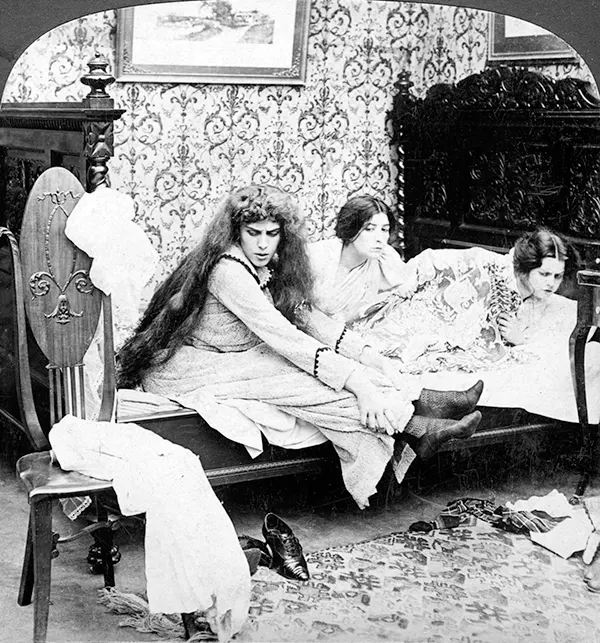
A stereoscopic card titled “Looking for a Man.”
Its first recorded use dates to around 1870 in theater slang, describing the sensation of men’s skirts or petticoats “dragging” along the stage floor.
Others have traced it to the Yiddish trogn or German tragen, both meaning “to wear.” Still another theory links it to the phrase “grand rag,” a reference to the elaborate masquerade balls popular in Victorian society.
Whatever its linguistic roots, the concept of drag soon expanded beyond the theater, symbolizing both a performance and a personal declaration.

French painter and graphic artist Henri Toulouse-Lautrec dressed in a plumed hat and an ostrich boa over a frock coat.
The late Victorian era was a time of both fascination and fear toward gender nonconformity. In an age obsessed with propriety, the sight of men dressed as women was treated as both scandal and spectacle.
Yet behind the secrecy and coded performances lay vibrant communities that found ways to exist in the shadows.
These early drag performers—often entertainers, actors, or cabaret artists—created spaces where self-expression could flourish despite the risk of social and legal repercussions.
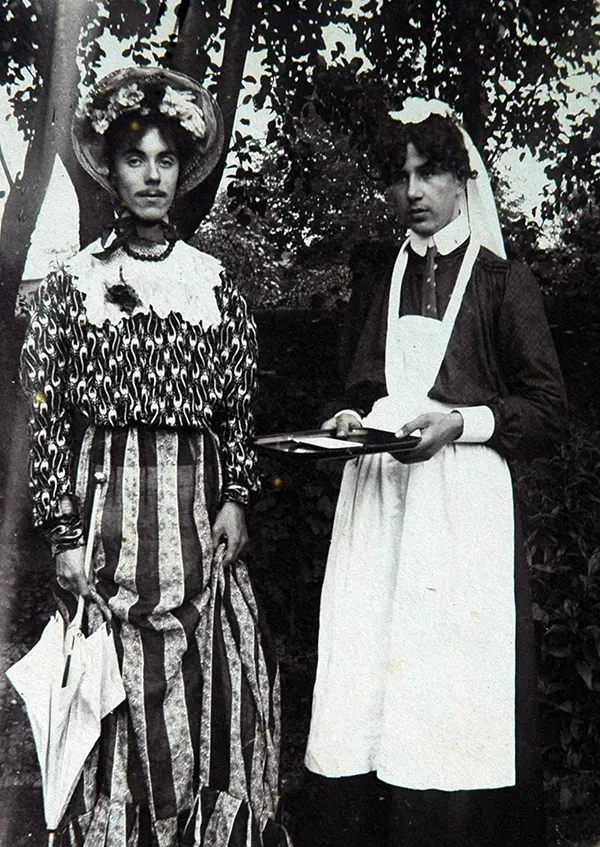 Public tolerance, however, had its limits. The infamous case of Frederick Park and Ernest Boulton, who took on the personas of “Fanny and Stella” in London during the 1870s, exposed just how fragile acceptance could be.
Public tolerance, however, had its limits. The infamous case of Frederick Park and Ernest Boulton, who took on the personas of “Fanny and Stella” in London during the 1870s, exposed just how fragile acceptance could be.
The two men were arrested for their public displays of femininity and accused of “the abominable crime of buggery,” though no laws at the time explicitly prohibited cross-dressing.
Their sensational trial became a moral spectacle, feeding the era’s anxieties about gender and sexuality.
The case would also cement, in the public imagination, a link between drag performance and homosexuality—a conflation that persisted for generations.
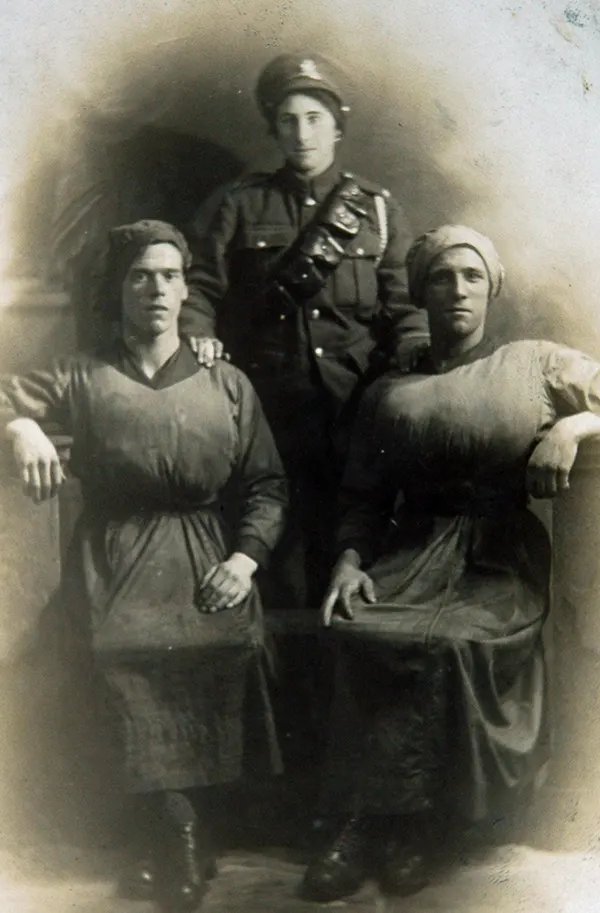
In the United States, early examples of drag clothing can be found in gold rush saloons of California.
The Barbary Coast district of San Francisco was known for certain saloons, such as Dash, which attracted female impersonator patrons and workers.
William Dorsey Swann was the first person to call himself “queen of drag”. He was a former slave, who was freed after the American Civil War, from Maryland.
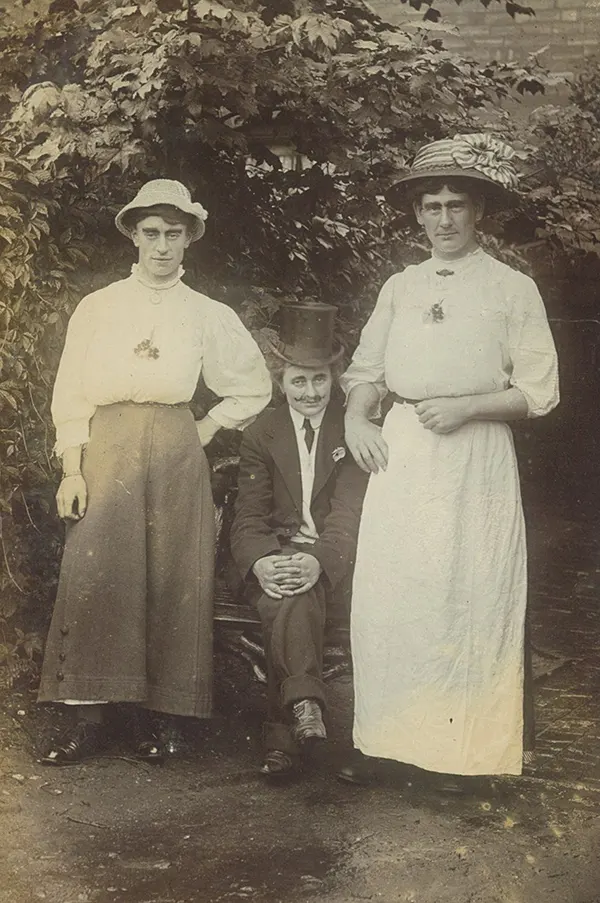 By the 1880s, he was organizing and hosting drag balls in Washington, D.C. The balls included folk dances, such as the cakewalk, and the male guests often dressed in female clothing.
By the 1880s, he was organizing and hosting drag balls in Washington, D.C. The balls included folk dances, such as the cakewalk, and the male guests often dressed in female clothing.
In the early 20th century, drag—as an art form and culture—began to flourish with minstrel shows and vaudeville. Performers such as Julian Eltinge and Bothwell Browne were drag queens and vaudeville performers.
The Progressive Era brought a decline in vaudeville entertainment, but drag culture began to grow in nightclubs and bars, such as Finnochio’s Club and Black Cat Bar in San Francisco.
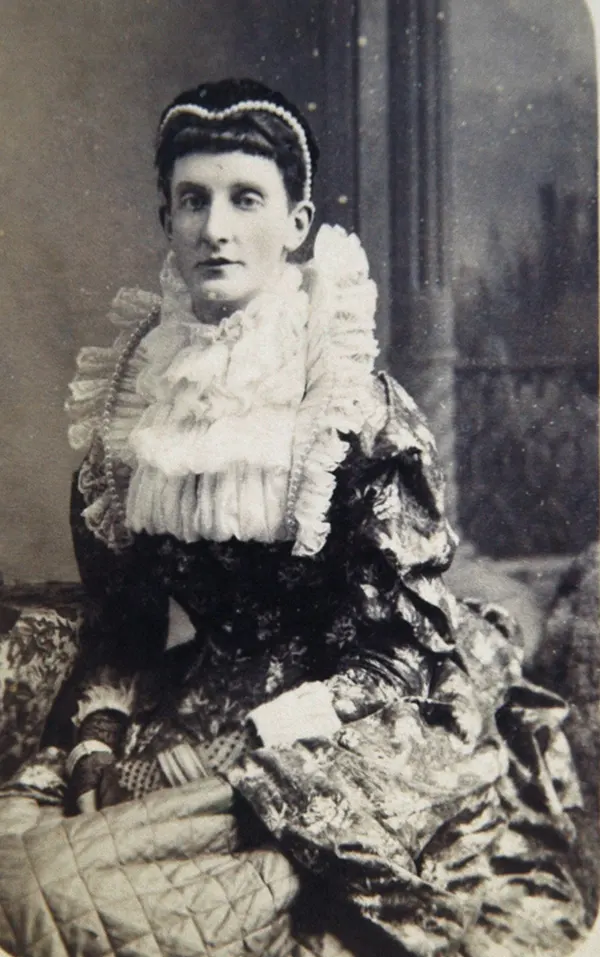

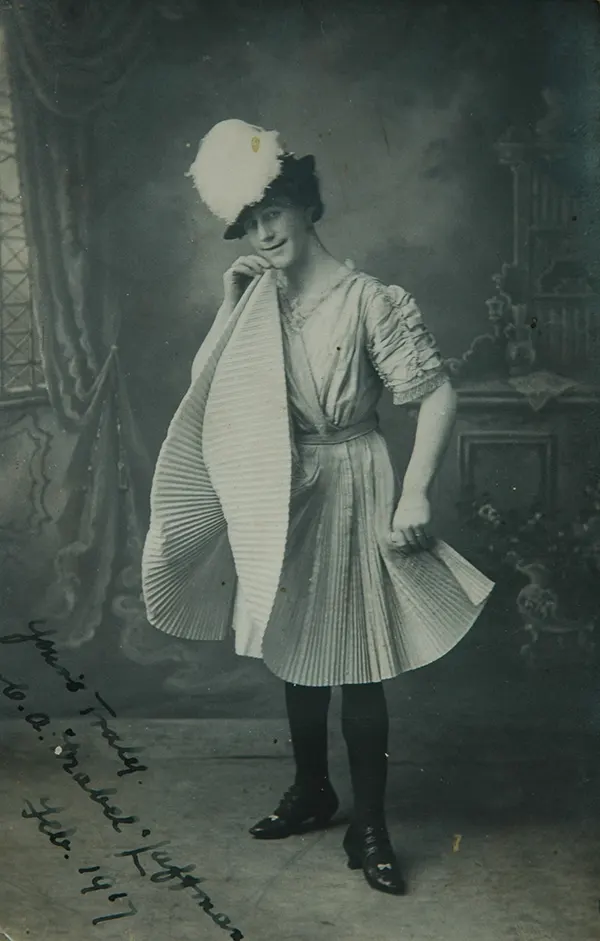
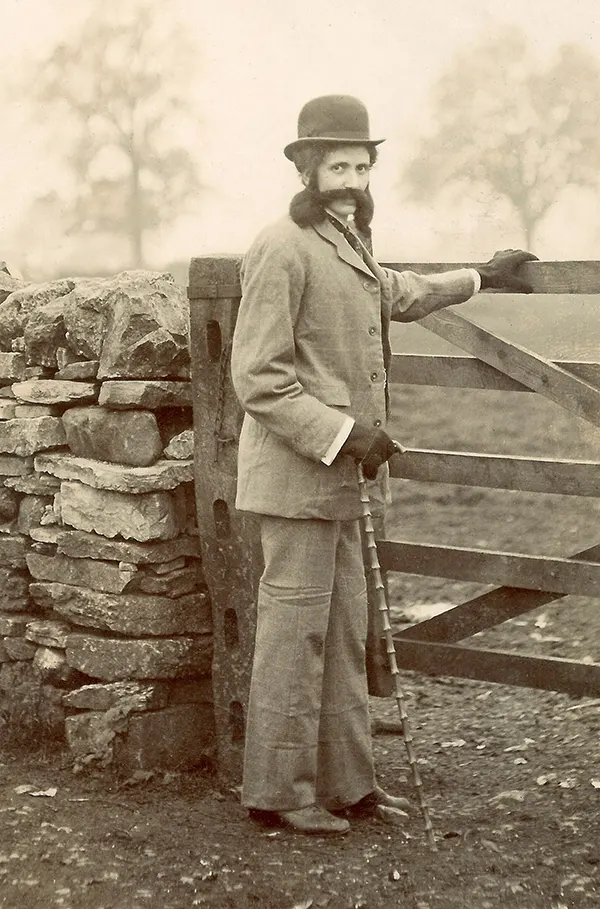

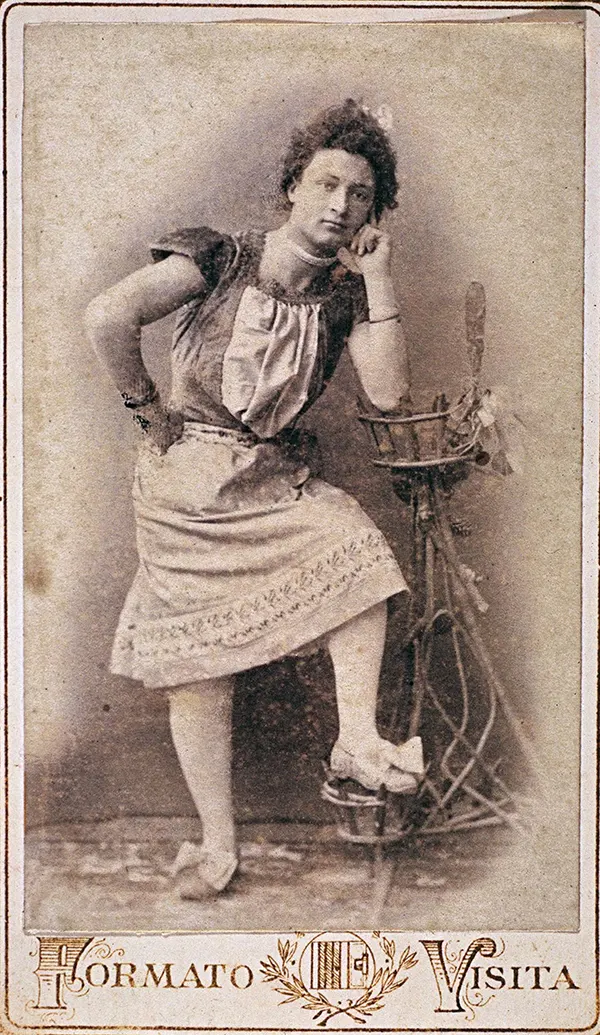
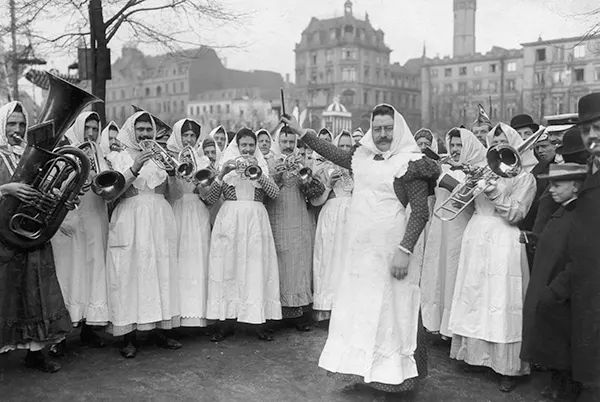
The Orchestra of the Cologne Milkmaidens perform in drag at the Cologne Carnival in Germany.

Two male undergraduates dressed as women are followed by young boys on the Harvard University campus.
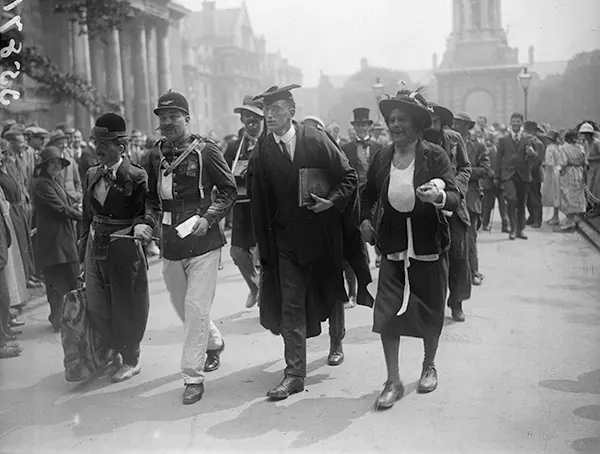
Students at the University of Dublin parading through the city streets during Trinity College Rag Week.

Irish students at the University of Dublin during Trinity College Rag Week.
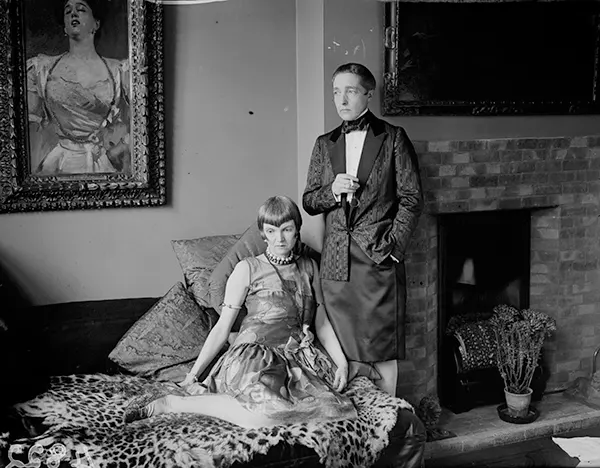
Marguerite Radclyffe Hall, a prizewinning writer whose novel “The Well of Loneliness” was originally banned in Britain for its sympathetic approach to female homosexuality, with Lady Una Trowbridge.
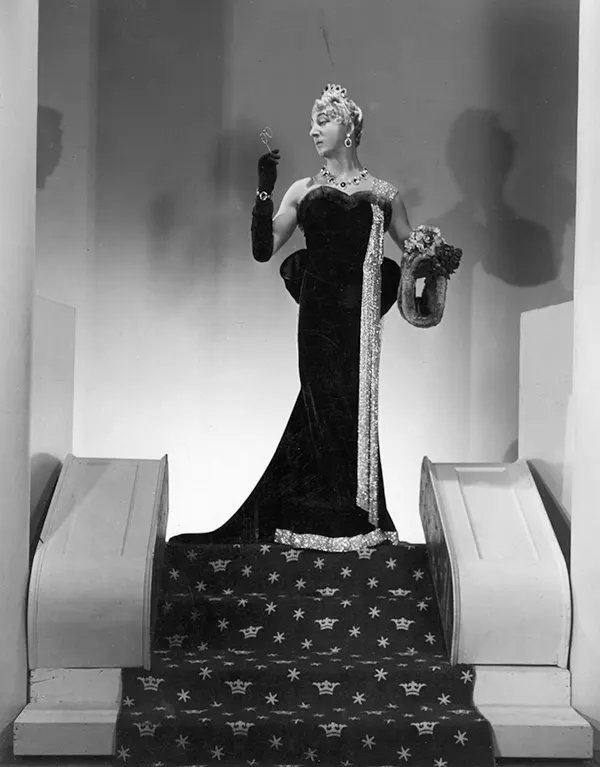
Actor Douglas Byng dressed for the opera.
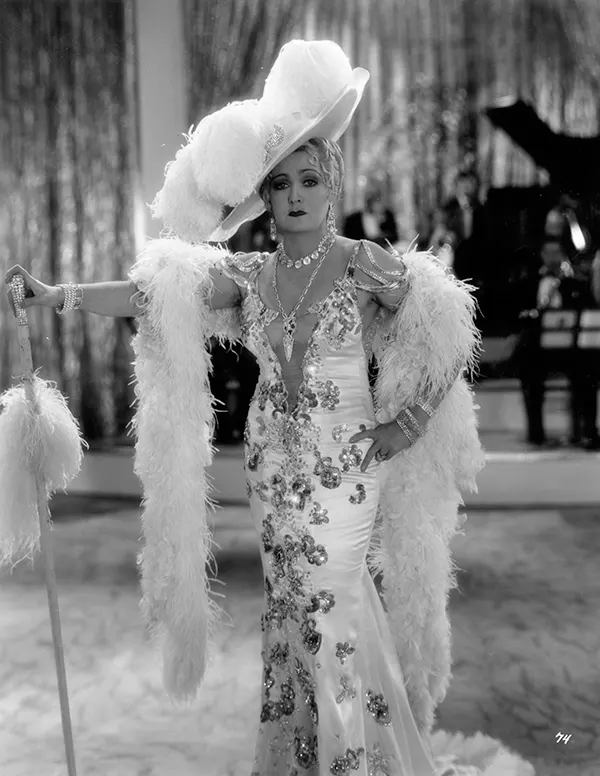
Celebrated cross-dresser Bert Errol in full drag and makeup.
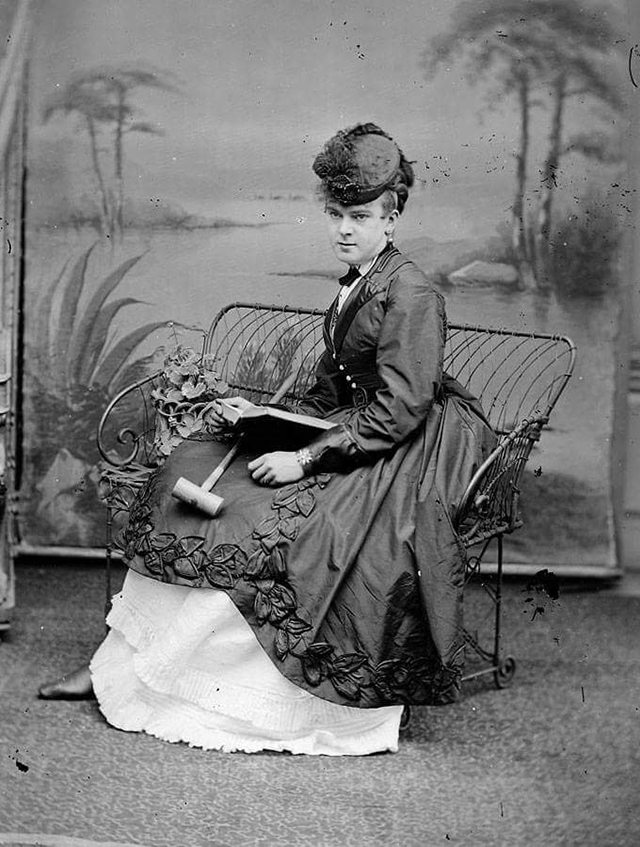
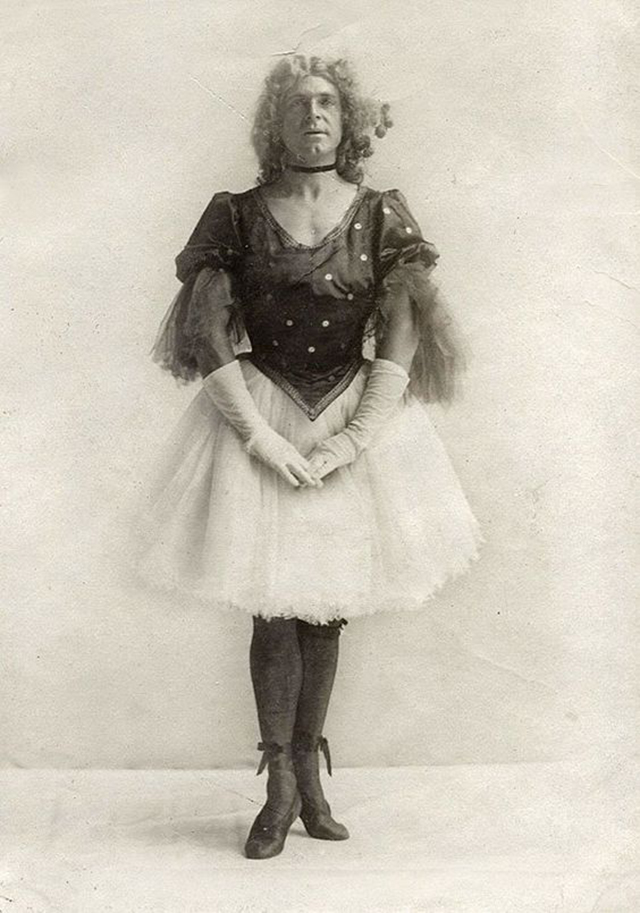
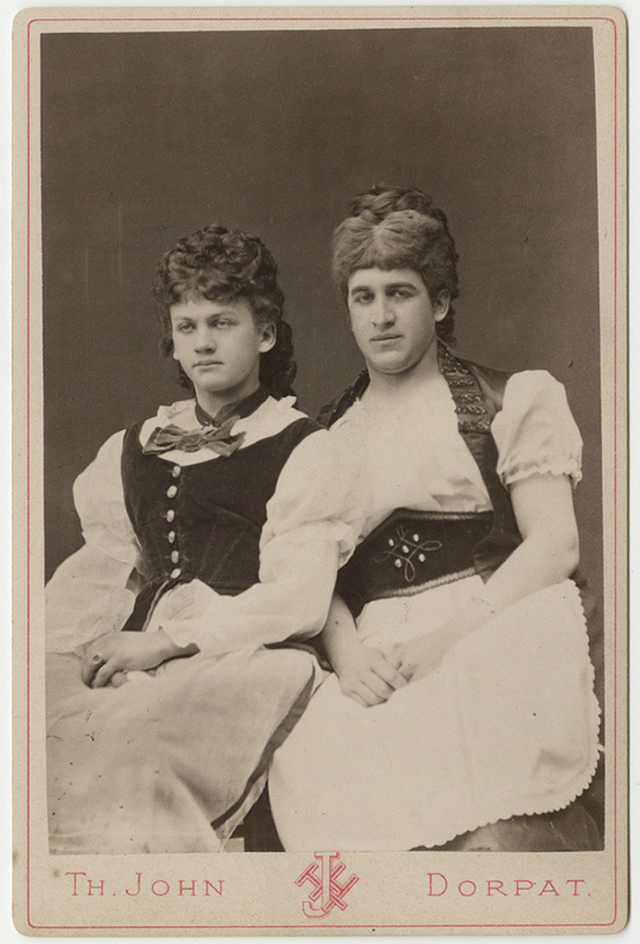
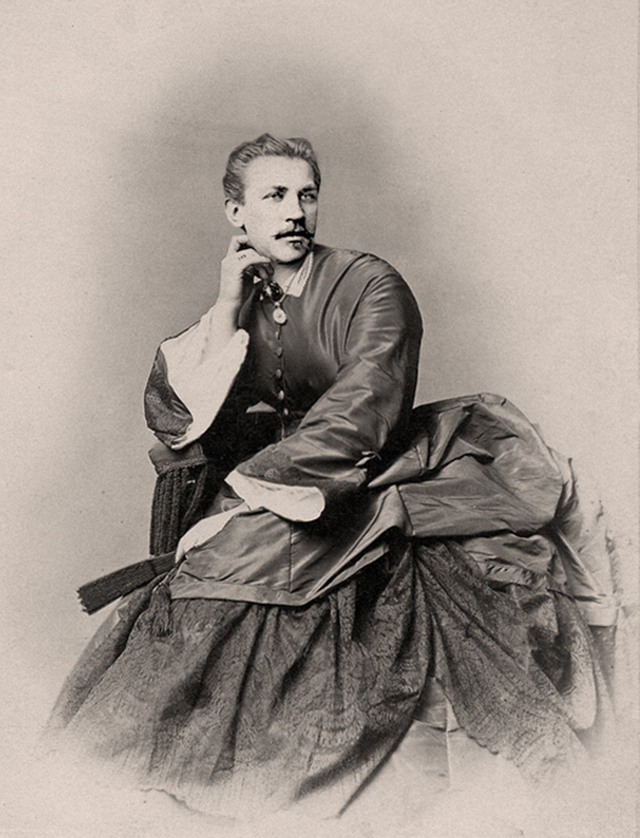
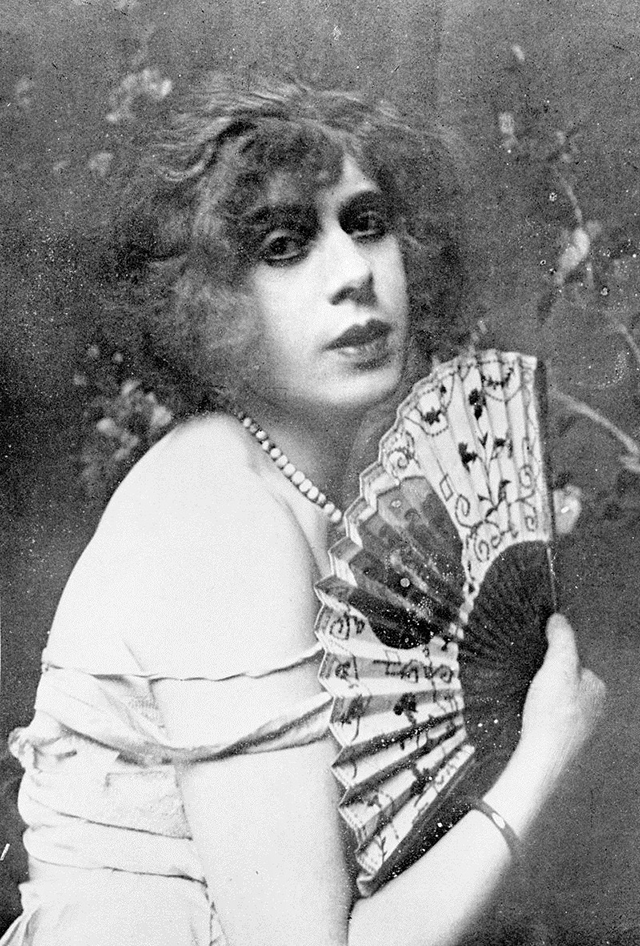

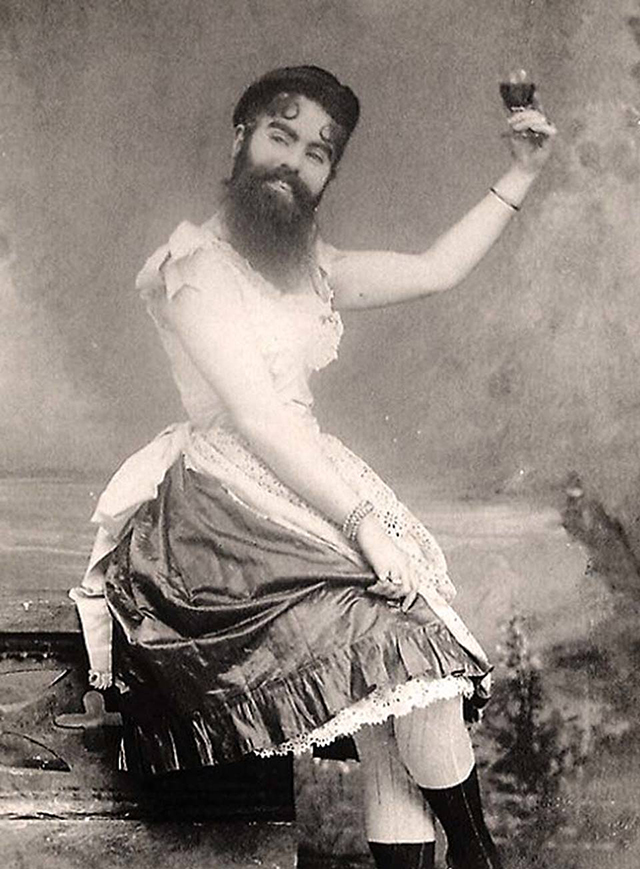
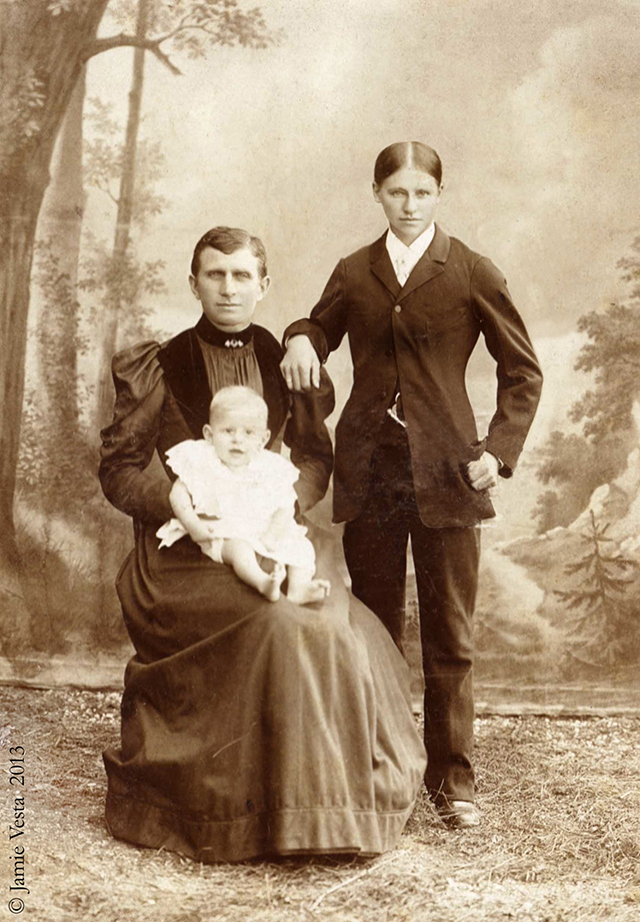
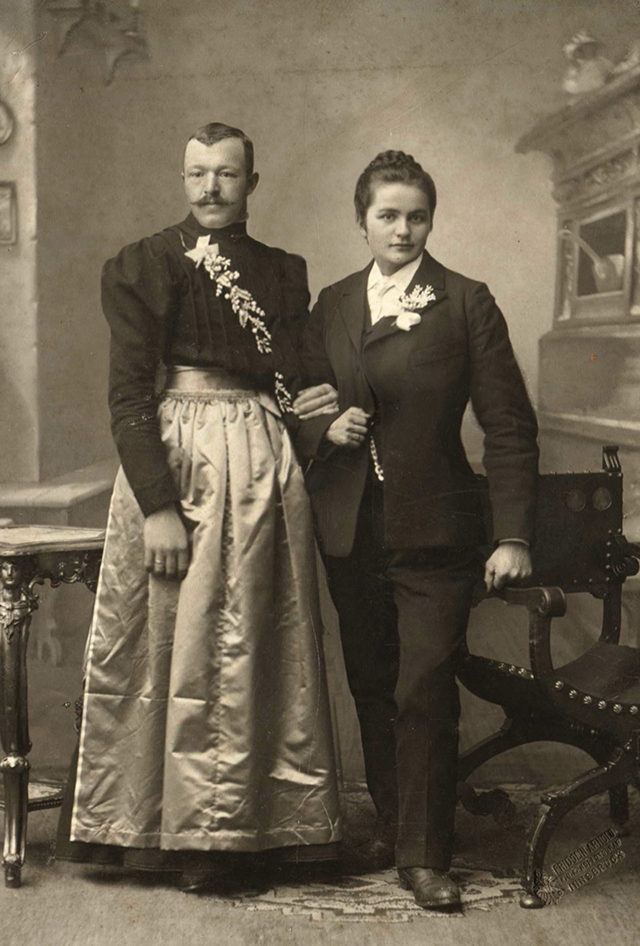

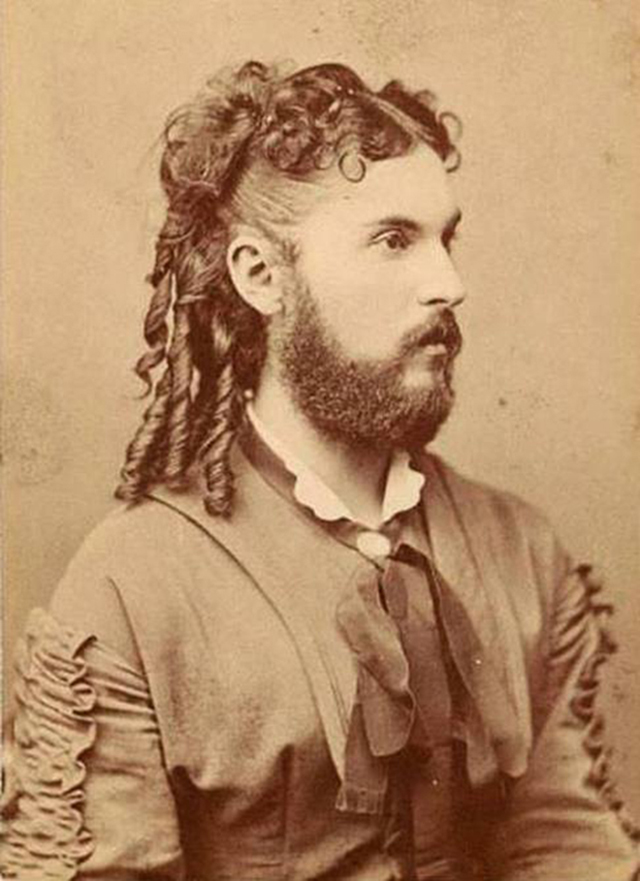
(Photo credit: PYMCA / UIG / Wikimedia Commons / Mashable / RHP).
